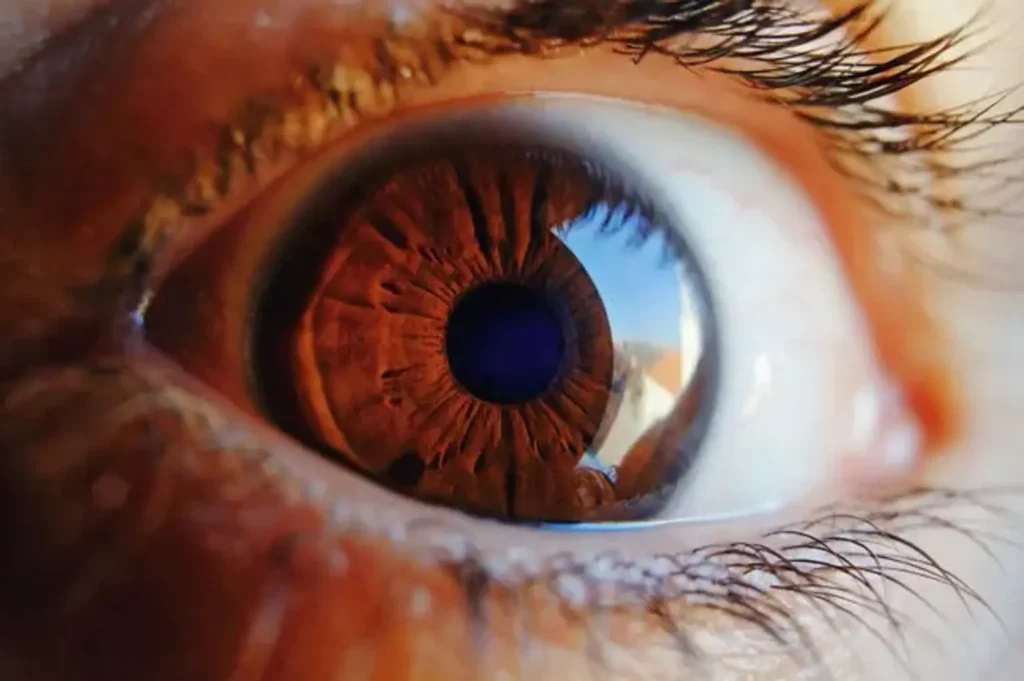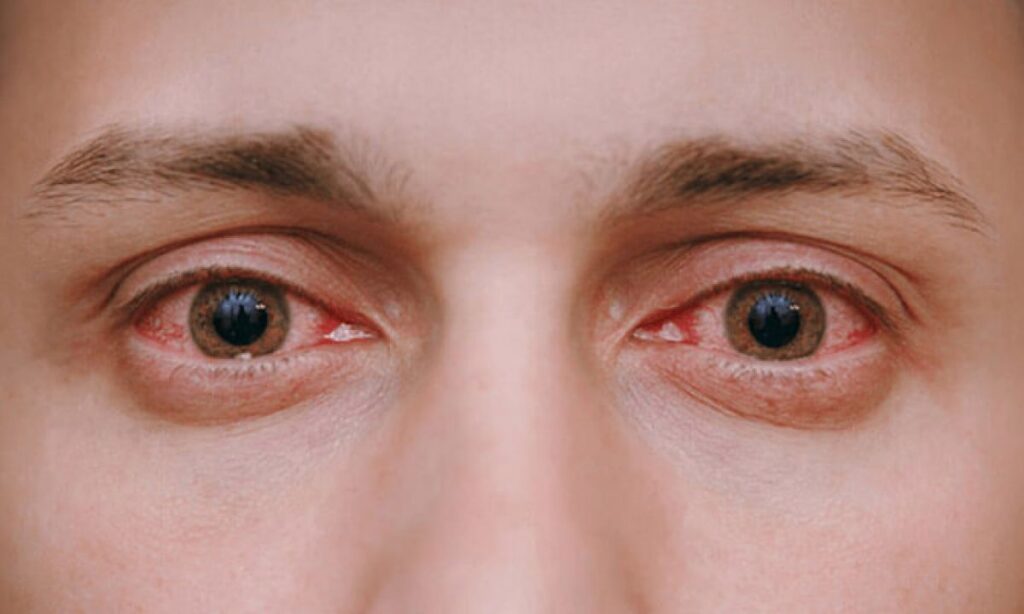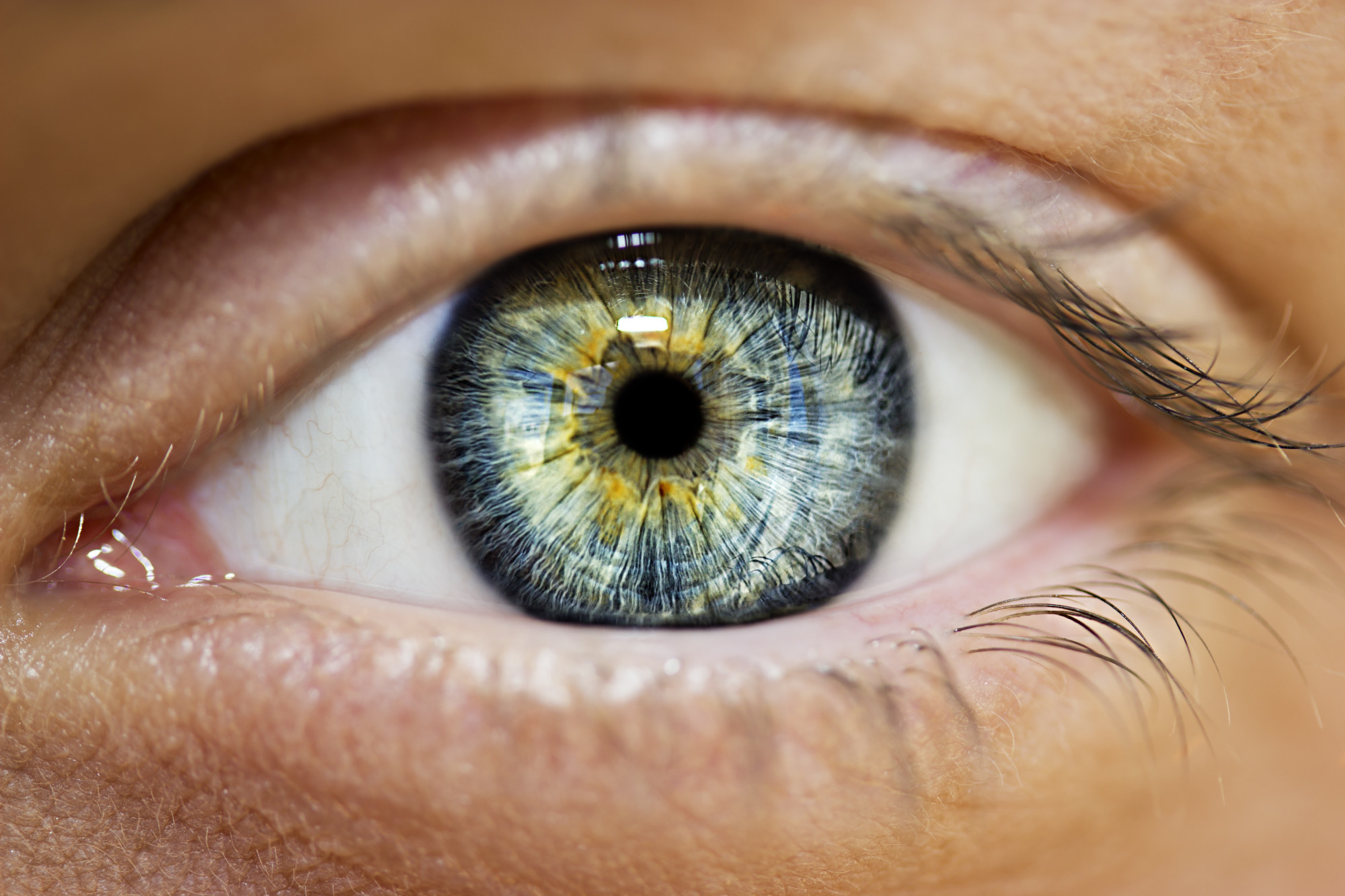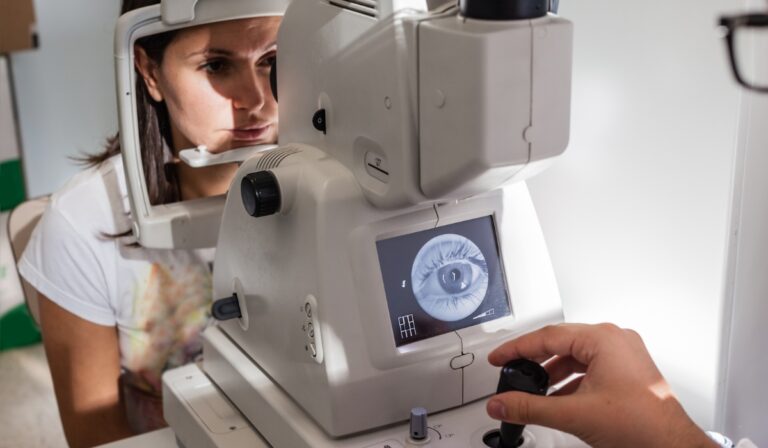The retina is an essential component of the eye, acting as a light-sensitive layer that plays a crucial role in visual perception. However, various diseases can significantly compromise the functionality of the retina, resulting in diminished vision or even blindness. Understanding the intricacies of retinal diseases, including their symptoms, diagnosis, and treatment, is vital for both patients and healthcare professionals alike. This article will explore the anatomy of the retina, common types of retinal diseases, their impact on vision, and the available diagnostic and treatment options.
Exploring the Anatomy of the Retina
The retina is a thin layer of tissue located at the back of the eye. It contains photoreceptor cells known as rods and cones, which convert light into electrical signals that are then transmitted to the brain via the optic nerve. The anatomy of the retina is complex, comprising several layers that each play a specific role in visual processing.
Retinal diseases can arise from various factors including age, genetics, and metabolic conditions. Here are some of the more common retinal diseases that can affect vision:

The role of the retina in vision
The primary function of the retina is to receive and process light. When light enters the eye, it is focused onto the retina by the cornea and lens. The rods are responsible for vision in low light conditions, while the cones are responsible for colour vision and detail in brighter settings. The information captured by these photoreceptors is converted into electrical impulses and sent to the brain, where it is interpreted as visual images. This intricate process allows us to perceive a wide range of visual stimuli, from the subtle shades of dusk to the vibrant colours of a blooming garden. The efficiency of the retina’s function is vital for everyday activities such as reading, driving, and recognising faces, underscoring its importance in our daily lives.
The different layers of the retina
The retina is composed of several distinct layers:
- Outer nuclear layer: This layer contains the cell bodies of the photoreceptors.
- Outer plexiform layer: This layer facilitates the synaptic connections between the photoreceptors and bipolar cells.
- Inner nuclear layer: This layer contains the cell bodies of bipolar cells as well as horizontal and amacrine cells.
- Inner plexiform layer: This layer connects bipolar cells to ganglion cells.
- Ganglion cell layer: The cell bodies of ganglion cells are located here, and the axons of these cells form the optic nerve.
Each layer performs a specific function that is crucial for the overall performance and health of the retina. For instance, the outer nuclear layer is particularly sensitive to light and is where the initial phototransduction occurs, allowing us to detect even the faintest light. Meanwhile, the inner nuclear layer plays a significant role in processing visual information before it is sent to the brain, integrating signals from various photoreceptors and refining the image. This complex interplay of cells and layers not only enables us to see but also allows for the adaptation of our vision in varying light conditions, showcasing the remarkable capabilities of the human visual system.
Common types of retinal diseases
Age-related macular degeneration
Age-related macular degeneration (AMD) is a leading cause of vision loss in individuals over the age of 50. It affects the macula, the central part of the retina responsible for sharp vision. AMD can present in two forms: dry and wet. The dry form is characterised by the thinning of the macula, while the wet form involves the growth of abnormal blood vessels that leak fluid and blood, leading to scarring. The risk factors for AMD include a family history of the disease, smoking, and obesity, highlighting the importance of lifestyle choices in its prevention. Additionally, recent studies suggest that a diet rich in green leafy vegetables and omega-3 fatty acids may help reduce the risk of developing AMD, offering a proactive approach to eye health. Find more about omega-3 fatty acids on https://ods.od.nih.gov/factsheets/Omega3FattyAcids-HealthProfessional/
Diabetic retinopathy
Diabetic retinopathy is a complication of diabetes that affects the blood vessels in the retina. High blood sugar levels can damage these vessels, resulting in leakage and swelling that can cause vision impairment. Early detection and management of diabetes are critical to mitigating the effects of this condition. Symptoms may not be noticeable until the disease has advanced, making regular eye examinations essential for those with diabetes. Furthermore, diabetic retinopathy can progress through several stages, from mild non-proliferative retinopathy to more severe forms that can lead to vision-threatening complications. Patients are encouraged to maintain optimal blood sugar levels and to engage in routine screenings, as timely intervention can significantly alter the course of the disease.
Retinal detachment
Retinal detachment occurs when the retina separates from its underlying tissue. This is often the result of trauma or an underlying condition such as advanced nearsightedness or a previous history of eye surgery. Symptoms can include sudden flashes of light, the appearance of floaters, and a shadow or curtain over part of the visual field. Retinal detachment is a medical emergency that requires immediate attention to prevent permanent vision loss. Treatment options typically involve surgical procedures such as pneumatic retinopexy, scleral buckle, or vitrectomy, depending on the severity and specific characteristics of the detachment. Post-operative care is crucial, as patients may need to adhere to specific positioning and follow-up appointments to ensure optimal recovery and visual outcomes. To learn more about scleral click here.
Symptoms and signs of retinal diseases
Recognising the early symptoms of retinal diseases is crucial for timely intervention and treatment. Here are some common indicators to be aware of:
Changes in vision
Many retinal diseases present with changes in vision, such as blurriness or distortion of images. Patients may also experience difficulty in reading or recognising faces. In some cases, peripheral vision may be affected, leading to a tunnel-like vision. Changes may occur gradually or suddenly, depending on the specific condition. For instance, conditions like age-related macular degeneration can lead to a slow deterioration of central vision, making it increasingly challenging to perform daily tasks such as driving or reading. Conversely, retinal detachment can cause a sudden loss of vision, necessitating immediate medical attention to prevent permanent damage.

Physical discomfort and other symptoms
In addition to visual changes, patients may experience physical discomfort such as eye strain, headaches, or a sensation of heaviness in the eye. Other symptoms may include flashes of light or the presence of floating spots, which can indicate retinal issues. It is essential to seek medical attention if any of these symptoms occur, as they may suggest a developing retinal condition. Furthermore, some individuals may notice a change in colour perception or experience difficulty in adapting to low light conditions, which can be particularly concerning for those who enjoy evening activities or driving at night. These symptoms, while often overlooked, can be indicative of underlying retinal problems that require prompt evaluation by an eye care professional to ensure the best possible outcomes for vision preservation.
The impact of retinal diseases on vision
Understanding the broader implications of retinal diseases on an individual’s quality of life is essential. The impact these diseases can have on vision varies greatly, depending on the specific condition and its severity. Beyond the immediate effects on sight, these diseases often influence emotional well-being, social interactions, and even career choices, as individuals grapple with the challenges posed by deteriorating vision.
How retinal diseases affect visual acuity
Retinal diseases can lead to decreased visual acuity, which may manifest as blurred vision or an inability to see fine details. Individuals may find it challenging to perform everyday tasks, such as reading or driving. Over time, as the disease progresses, they may need to rely on assistive devices or low-vision aids to navigate the world. This reliance can sometimes lead to feelings of frustration and dependency, as tasks that were once simple become daunting. Moreover, the social implications of reduced visual acuity can be profound; individuals may withdraw from social activities or feel embarrassed about their condition, which can further exacerbate feelings of isolation.
The long-term effects on vision
In some cases, retinal diseases can result in permanent vision loss if not effectively managed. The long-term implications can significantly affect an individual’s independence, mental health, and overall quality of life. Understanding these effects can reinforce the importance of regular eye examinations and early intervention strategies. Furthermore, the psychological toll of living with a progressive vision impairment cannot be understated. Many individuals experience anxiety or depression as they confront the reality of their changing vision. Support networks, including family, friends, and professional counselling, can play a crucial role in helping individuals adapt to their new circumstances and maintain a positive outlook, despite the challenges they face.
Diagnosis and treatment of retinal diseases
Timely diagnosis and appropriate treatment are crucial for managing retinal diseases effectively. A variety of modern diagnostic techniques are available to detect retinal issues in their early stages.
Modern diagnostic techniques
Diagnostic techniques such as optical coherence tomography (OCT), fundus photography, and fluorescein angiography are commonly used to assess the condition of the retina. OCT provides cross-sectional images of the retina, allowing for a detailed evaluation of its layers. Fundus photography captures images of the retina to identify abnormalities, while fluorescein angiography uses a contrast dye to visualise blood flow within the retina. These technologies have revolutionised the way retinal specialists diagnose conditions, enabling them to identify issues that may not be visible through traditional examination methods. Moreover, advancements in imaging techniques, such as swept-source OCT, offer even greater depth of penetration and resolution, further enhancing the clinician’s ability to detect subtle changes in retinal structure.
Current treatment options and their effectiveness
Treatment options for retinal diseases vary depending on the specific condition and its severity. Options may include laser therapy, injections of medication into the vitreous part of the eye, and in some cases, surgery. Promising advancements in treatments, particularly for age-related macular degeneration and diabetic retinopathy, provide hope for maintaining effective visual function. Regular follow-up assessments are vital to ensure the effectiveness of treatments and adjust as necessary. In addition to these interventions, emerging therapies such as gene therapy and stem cell treatments are being researched, which could potentially offer new avenues for restoring vision in patients with previously untreatable conditions. The landscape of retinal disease management is rapidly evolving, and ongoing clinical trials are crucial in determining the long-term efficacy and safety of these innovative approaches.
In summary, understanding retinal diseases is essential for both prevention and management. Awareness of the anatomy of the retina, common diseases, and treatment options can empower individuals to take proactive steps towards maintaining their vision health. Furthermore, patient education plays a significant role in encouraging adherence to treatment regimens and lifestyle modifications that can mitigate the risk of developing retinal diseases. Engaging with healthcare professionals, attending regular eye examinations, and being informed about the latest research developments can all contribute to better outcomes for those at risk of or currently living with retinal diseases.
Click here to find more about retinal treatments.


